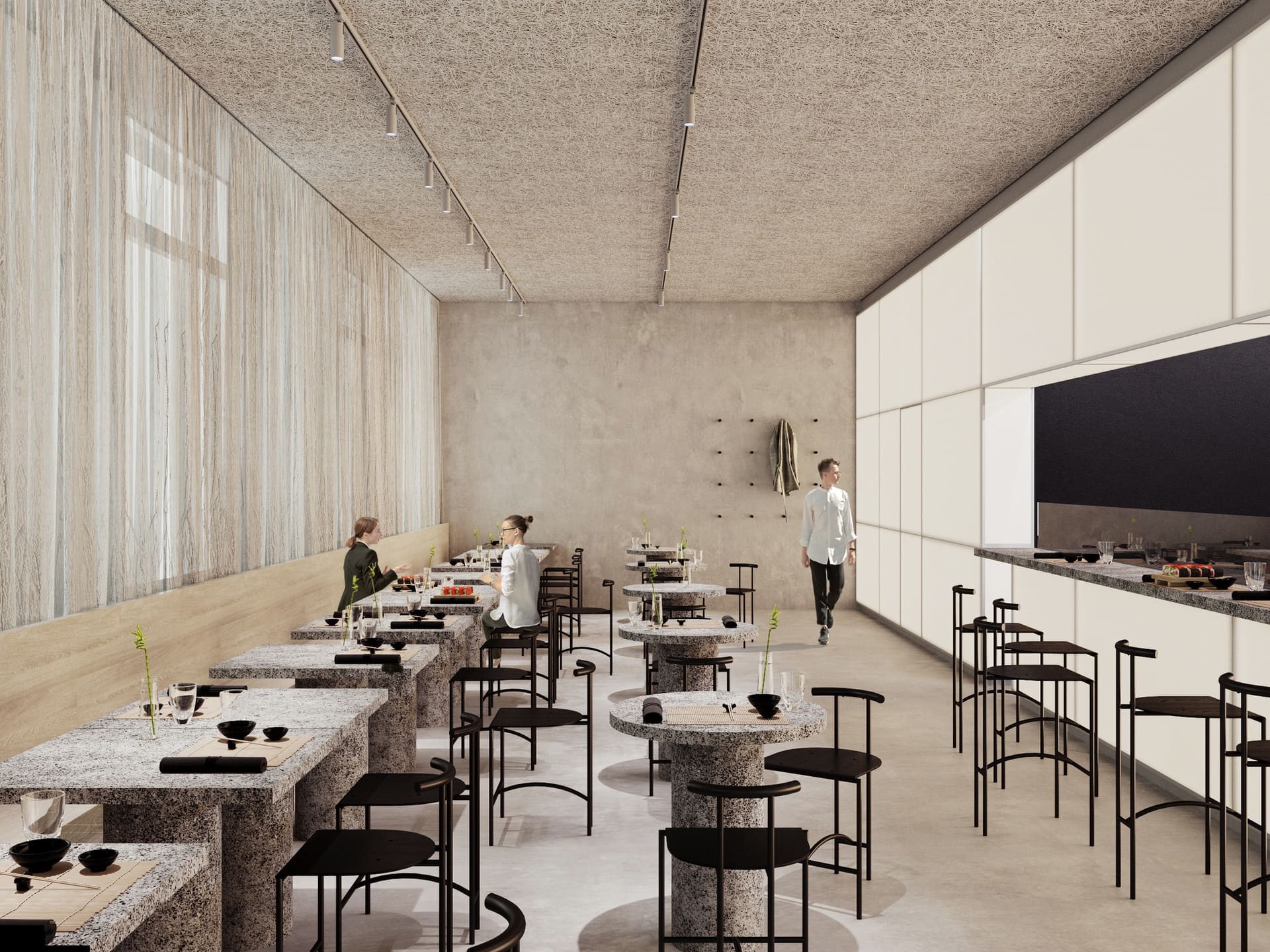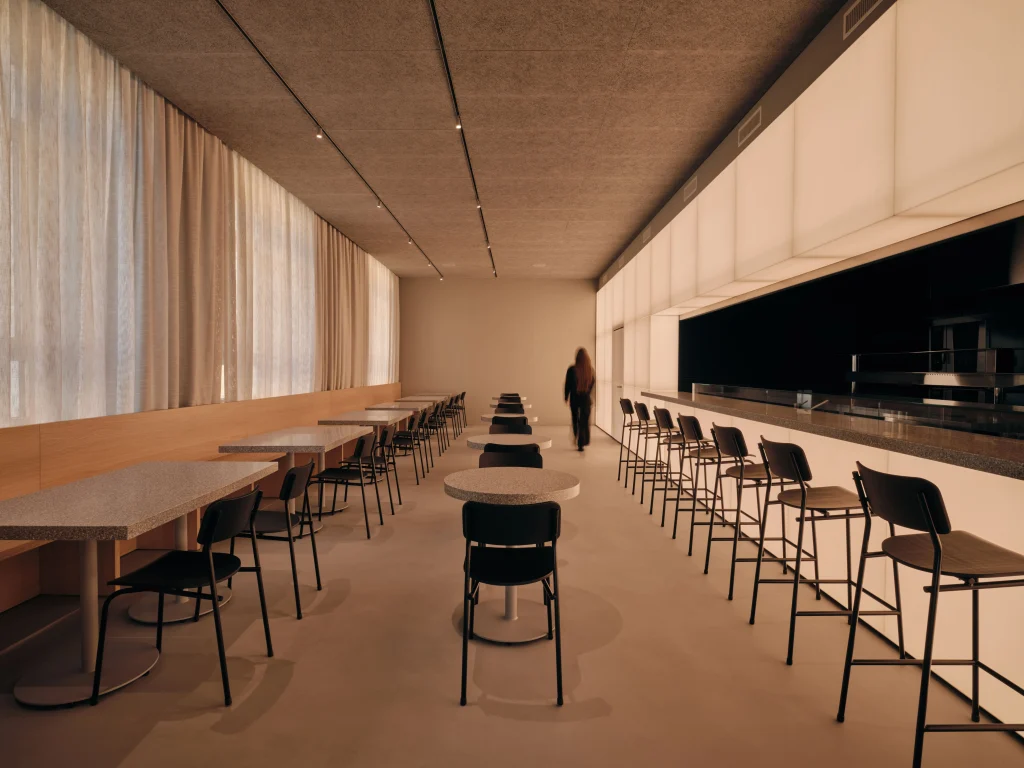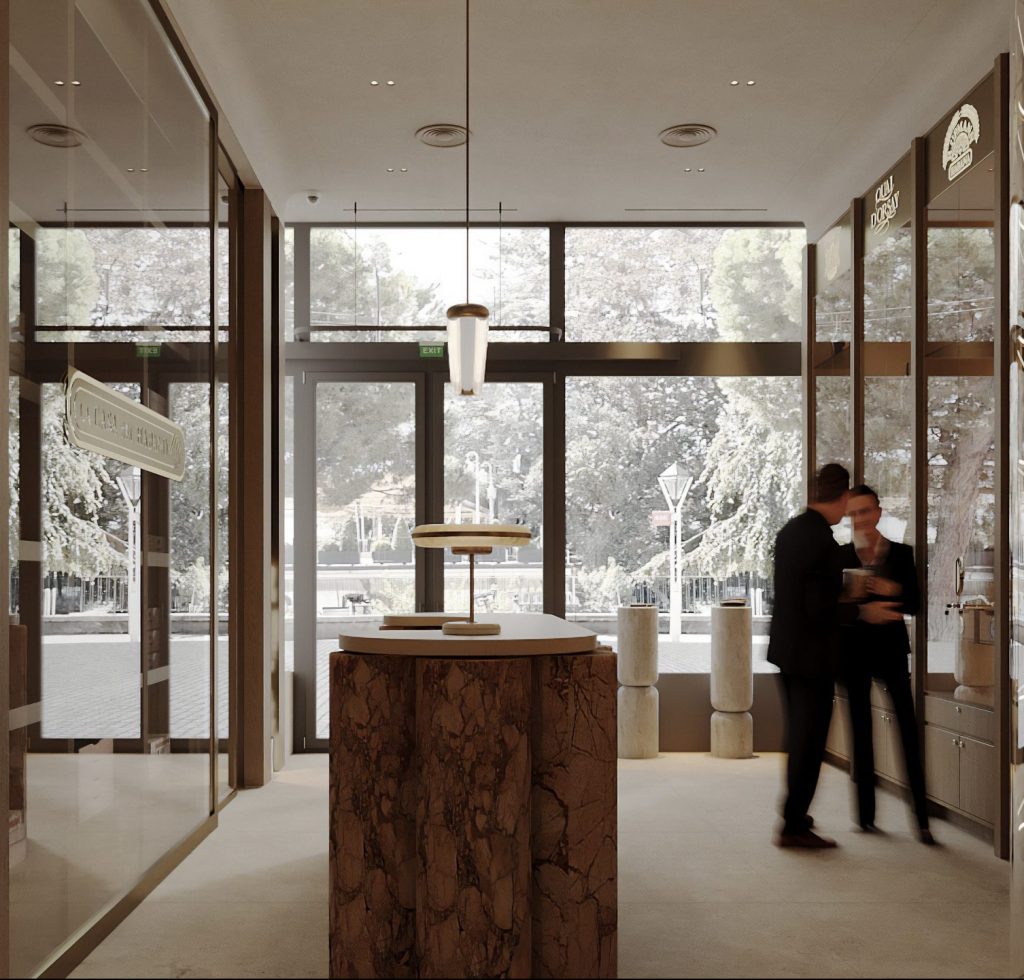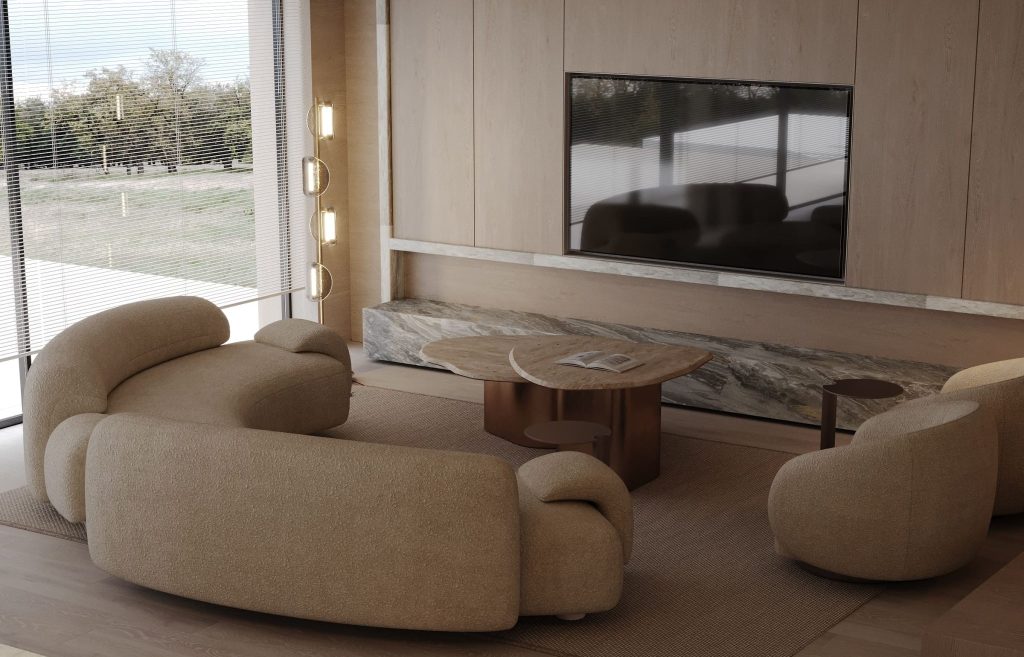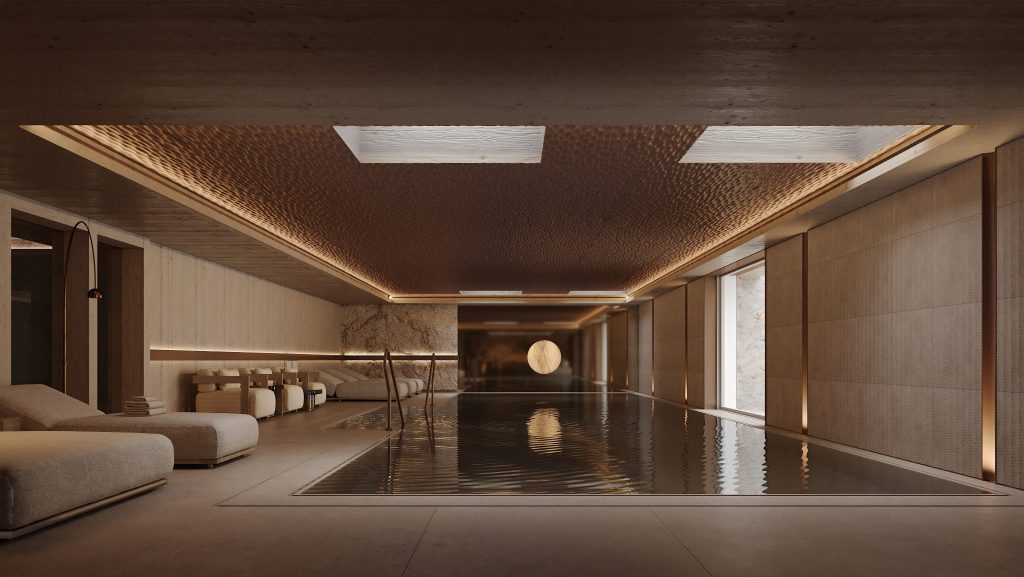Interior design trends - the main images in 2023
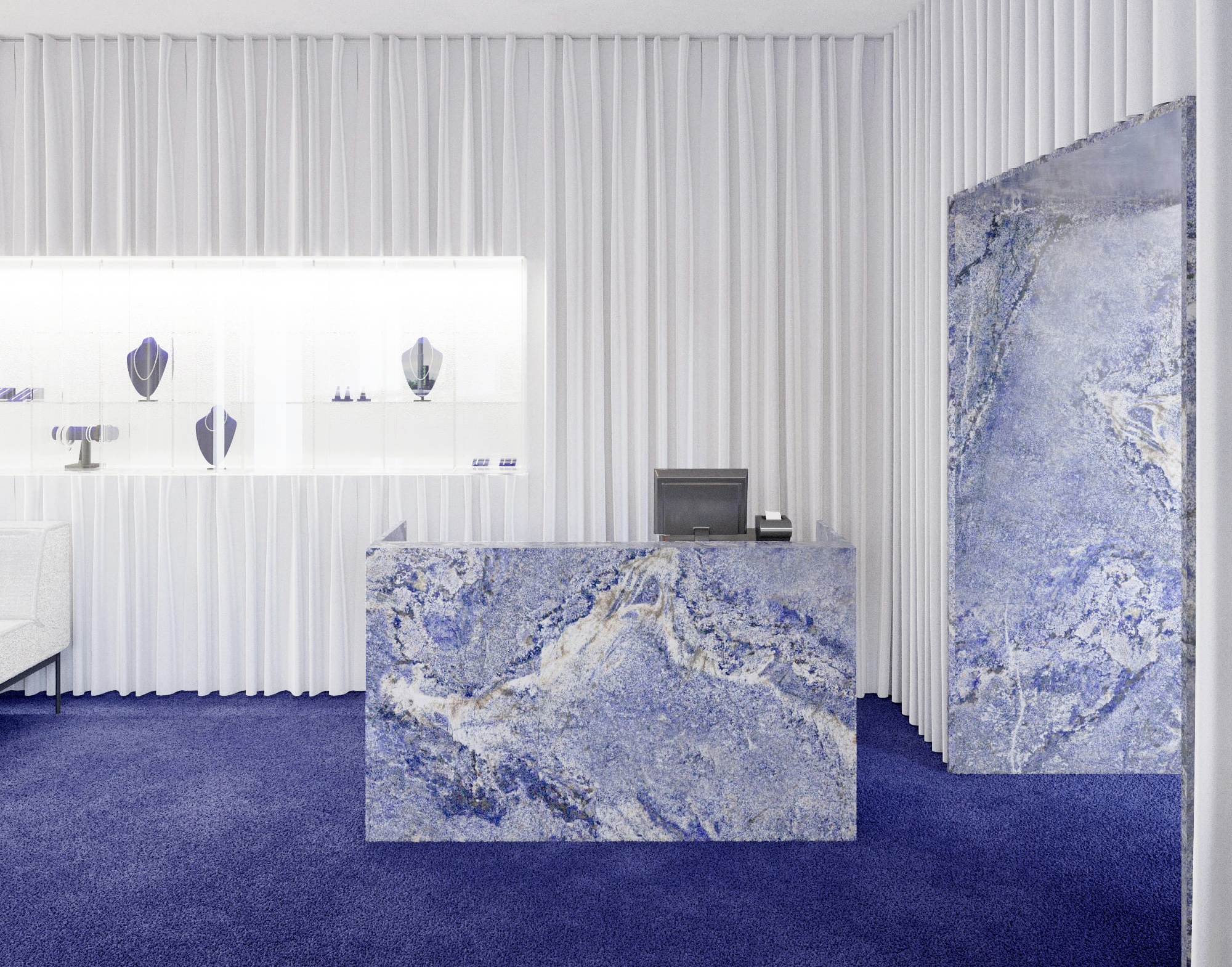
Trends in interior design don't change as rapidly as in the fashion or beauty industry. But every year, there are exciting new trends or old ones transformed. This is what our article is about. We'll tell you what techniques will be popular in 2023 and how to choose a palette and materials. And we will also show you photos of fashionable interiors of flats where these trends are implemented.
General residential design trends in 2023 are almost unchanged: a tendency for natural and, at the same time, functional, minimalist ideas, caring about nature and yourself.
Soft minimalism
The concept of minimalism is the basis of the modern design itself. The avoidance of mindless consumption, cluttering of rooms and excessive savings that lead to more frequent purchases have all been around for a long time and are not about to disappear.
But in the coming year, the focus will shift to a softer, 'warmer' minimalism. While previously, many people associated it with sterility, impersonality and coldness; minimalist interiors are now becoming more lively, cosy and personalised. This is primarily reflected in the palette: warm colours in the beige and brown paradigm. These colors are increasingly used as a basis, diluted with muted shades of red, yellow and orange, and only slightly offset with contrasting achromats. The colour scheme is complemented by tactilely pleasant textures (as much wood, textiles, and vegetation as possible) and smooth rounded shapes. This applies to furniture and the architecture of the apartment or villa. Minimalism can act as a base and be complemented by elements of other styles: scandi, boho, country, and classic. This will add originality and character to the interior.

The smart home
Technology is developing so rapidly that it takes time to keep up with all the innovations.
But you can and should gradually incorporate them into your home. Every detail in the interior should make life easier for owners. All kinds of sensors, switches with remote control, timers, voice assistants, and smart gadgets are absolute must-haves for any apartment or house. If you are not ready to install a complex smart home system, start with local "assistants": robot hoover, remote-controlled curtains, water-saving faucets, multifunctional equipment, etc.
Another, a more far-reaching manifestation of this trend can be seen at the level of architecture and planning. Whereas attention used to be concentrated primarily on the living and front rooms, nowadays, even owners of small rooms are trying to create space for inconspicuous technical areas such as laundry rooms, cloakrooms and storage areas. And this is not just a one-metre by one-metre space crammed with things, but well-thought-out functional spaces which make everyday life and logistics in the flat much easier.
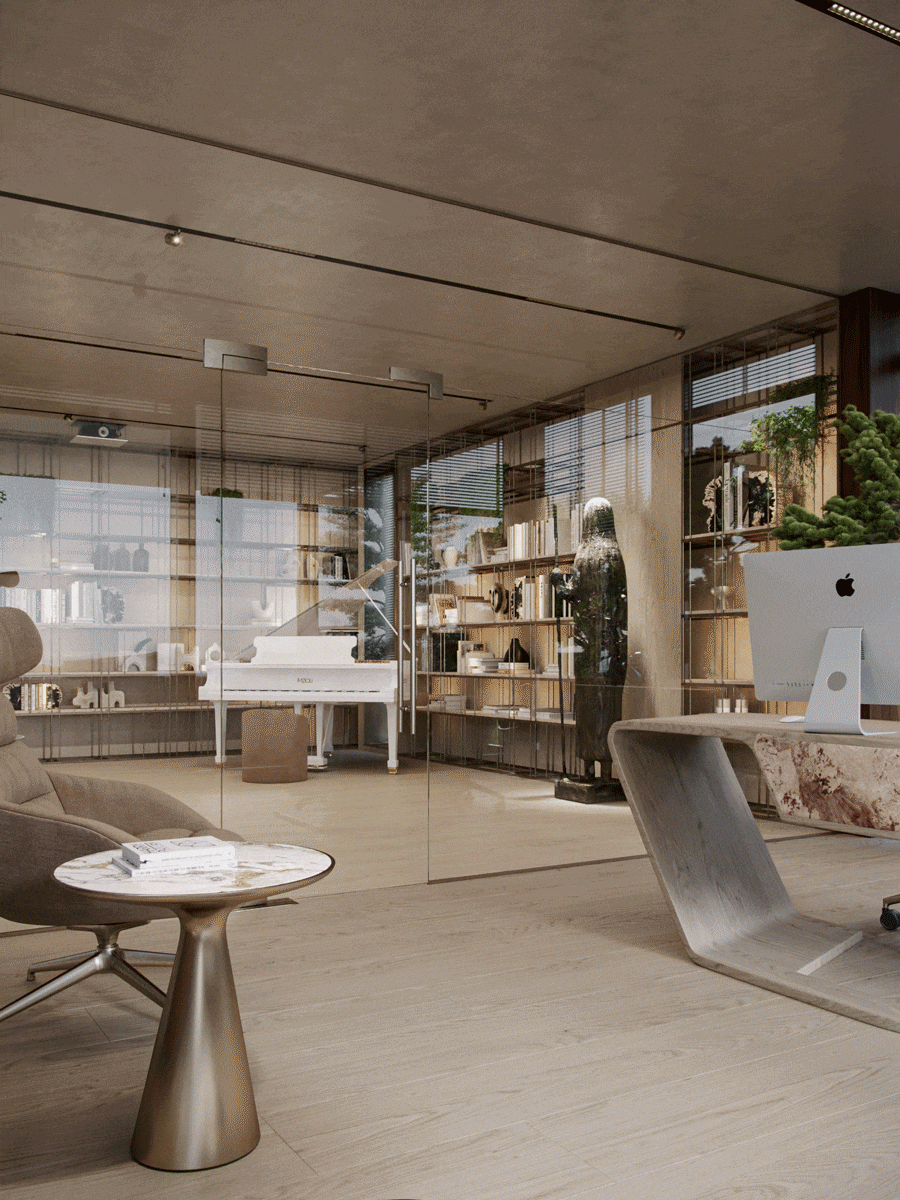
Sustainable design
Nowadays, sustainable design is being actively promoted. It is characterised by a long-term concern for the environment and ethical production. It is not only the composition of the material that matters but also how it is created: without damage to nature, use of renewable resources and with fair working conditions.
It also matters how the materials "act" in the interior. They should be durable, easy to care for, safe for people and animals, and, finally, simply comfortable. And whether they are natural wood or bioplastics.

Innovations
This trend is closely linked to the previous one. The desire to save natural resources and respect the environment motivates designers to search and create new materials.
This is why every year, unusual inventions appear at trade fairs. Ecological, biodegradable and recyclable raw materials are a priority. For example:
- Leather made from mushroom mycelium instead of natural or synthetic leather.
- Alternatives to concrete made from certain types of sand and certain types of plants. The production of such substitutes emits less carbon into the atmosphere.
- Furniture made from algae or tea mushrooms.
- Cork for floor, wall and ceiling cladding.
- Unusual material applications - e.g. facades made of recycled ceramic tiles or wood.
- Furniture, partitions, and decor created using 3D printing.

Monochrome
A neutral base will remain a trend in the following years. There is also a tendency towards monochrome and visual simplicity in designs. The stereotype that grey or beige is too boring as a base palette is not just dispelled, it is elevated to an absolute when it becomes the only colour in the room.
Every day we are surrounded by a lot of bright colours, fast-moving pictures, and contrasting shots. So it is important to take a break from so much visual information within the walls of the house. And the best way to do this is to use the calmest possible palette, which is composed of shades flowing into each other. They create the effect of a single cosy space, a kind of 'cocoon' that gives you a sense of security and helps you relax. To compensate for the simplicity of the colour scheme, a variety of expressive textures help: from cool stone or concrete to warm wool and natural wood. A few small contrasting accents can also help to break up the monochrome colour scheme and create visual cues

Spicy colour pallet
Colour schemes based on warm hues are definitely in fashion in the coming year.
Any colour can be used, but brown, red, orange - and all their derivatives - will be a trendy base. For inspiration, you can imagine a counter full of different spices and spices: paprika, ginger, turmeric, curry, mustard, basil, saffron, cinnamon, nutmeg, thyme, etc. These shades work well with wood, stone, brick textures and natural fabrics. Alternatively, they can be balanced and refreshed with grey, white, black or navy blue. This palette is suitable for any room: from the kitchen (the most obvious choice through the associative range) to the bedroom or home office. The photo below shows trendy interior designs in these colours.
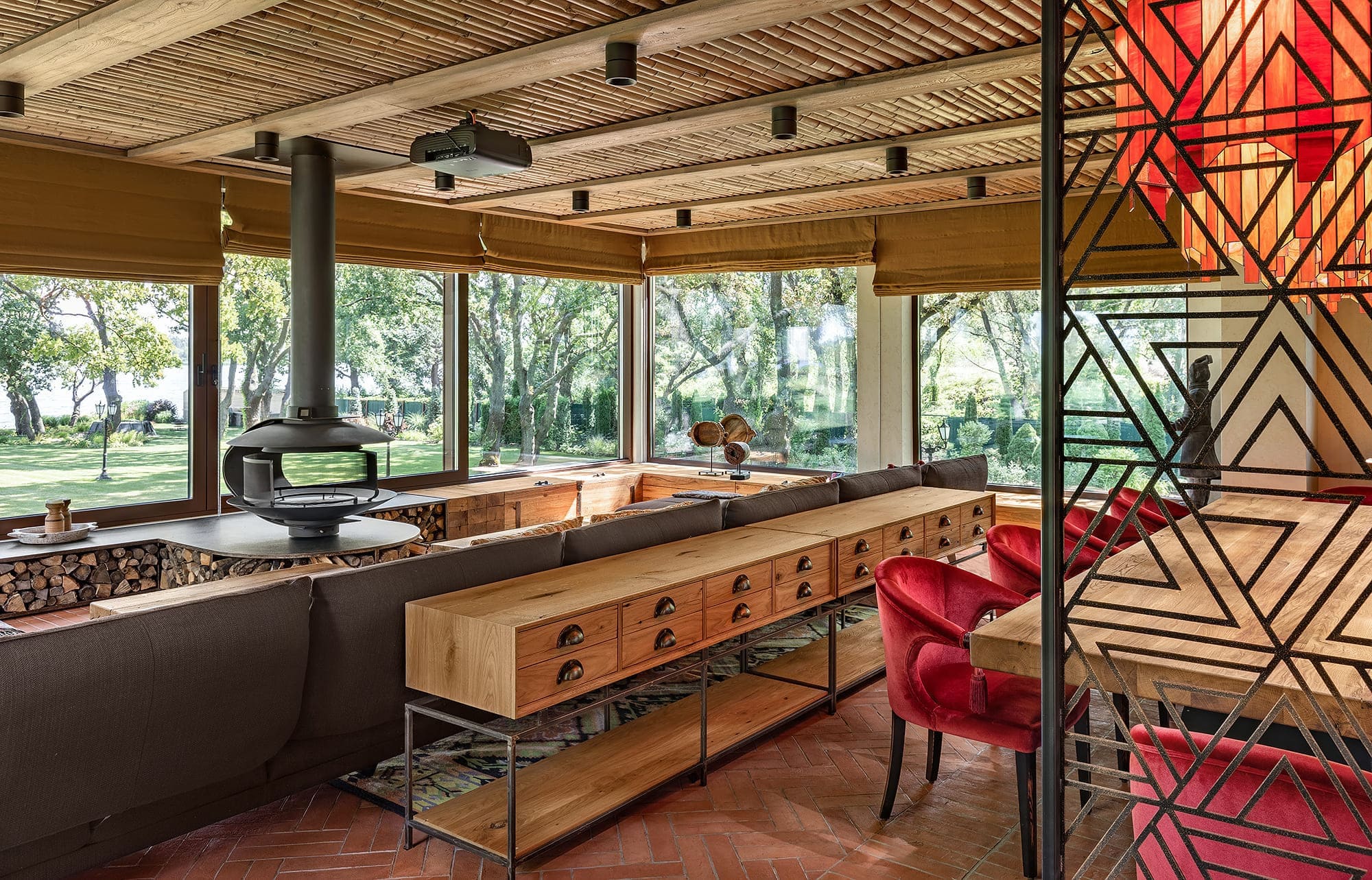
Japandi
The same minimalism has given us a monolithic design and an uncluttered picture without a single extra detail. These interiors are impressive in pictures, but they need to be cosier for many people in real life. Therefore designers are no longer using straight lines and smooth surfaces. They prefer to show off natural imperfections. The ability to see beauty in its pristine appearance is characteristic of the Japanese.
Regardless of the style, the use of Japandi in interiors is increasingly common:
- Natural materials: untreated or unpainted wood, unpolished stone, naturally chipped marble, clay, rough cotton, etc.
- Objects with imperfect geometric shapes. For example, circles or ovals with irregularities or unequal angles.
- Anything organic and handmade.
